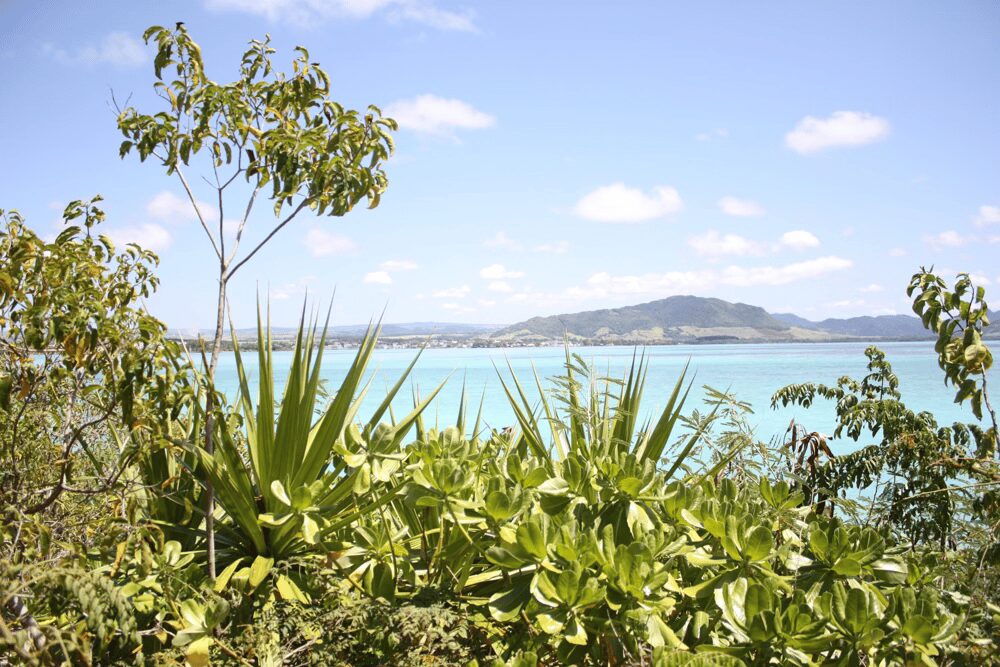

Introduction
For much of its history, Mauritius was a way station for voyagers traveling between Africa and Asia. And so it was for me in the early twenty-first century. When booking flights between South Africa and Australia as part of a round-the-world adventure, my travel agent advised me to go through Mauritius to change planes. I knew very little about Mauritius other than it was a popular high-end vacation destination for Europeans. I also had a vague notion that it was connected with the famous but extinct dodo bird.
The island of Mauritius is one of those few tiny dots of land east of Madagascar, floating in the immensity of the Indian Ocean. It is part of an island trio along with islets known as the Mascarenes. The archipelago is a chain of volcanic islands that emerged from the sea around eight million years ago but remained pristine and free from human influence for most of its history. It wasn't until late in the sixteenth century that humans decided to occupy and make their mark on this lush natural laboratory of evolution. Even though the Portuguese bestowed the name of Mascarenes after navigator Pedro Mascarenes who visited the islands in 1513, they did not make the tropical islands an outpost.